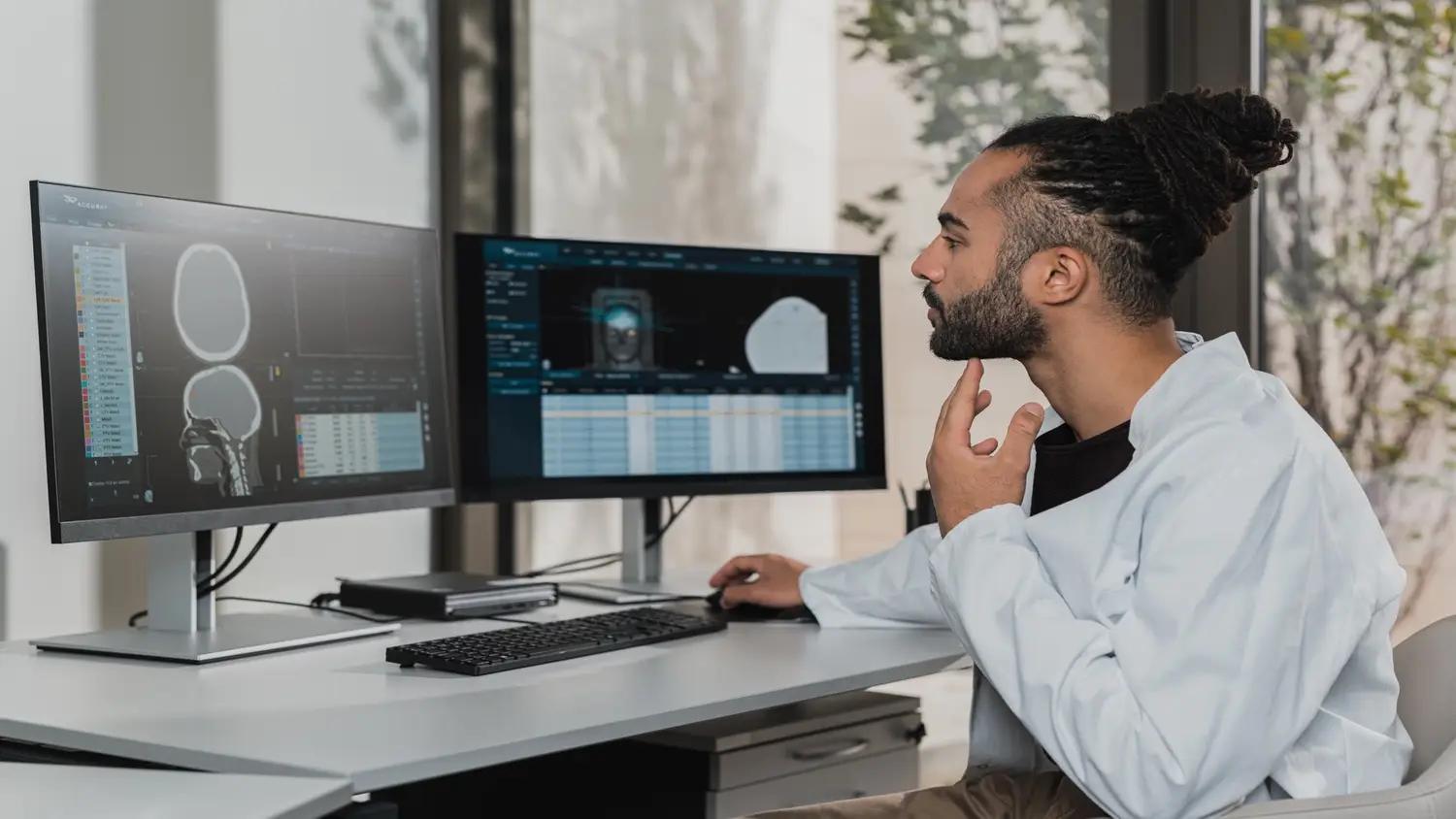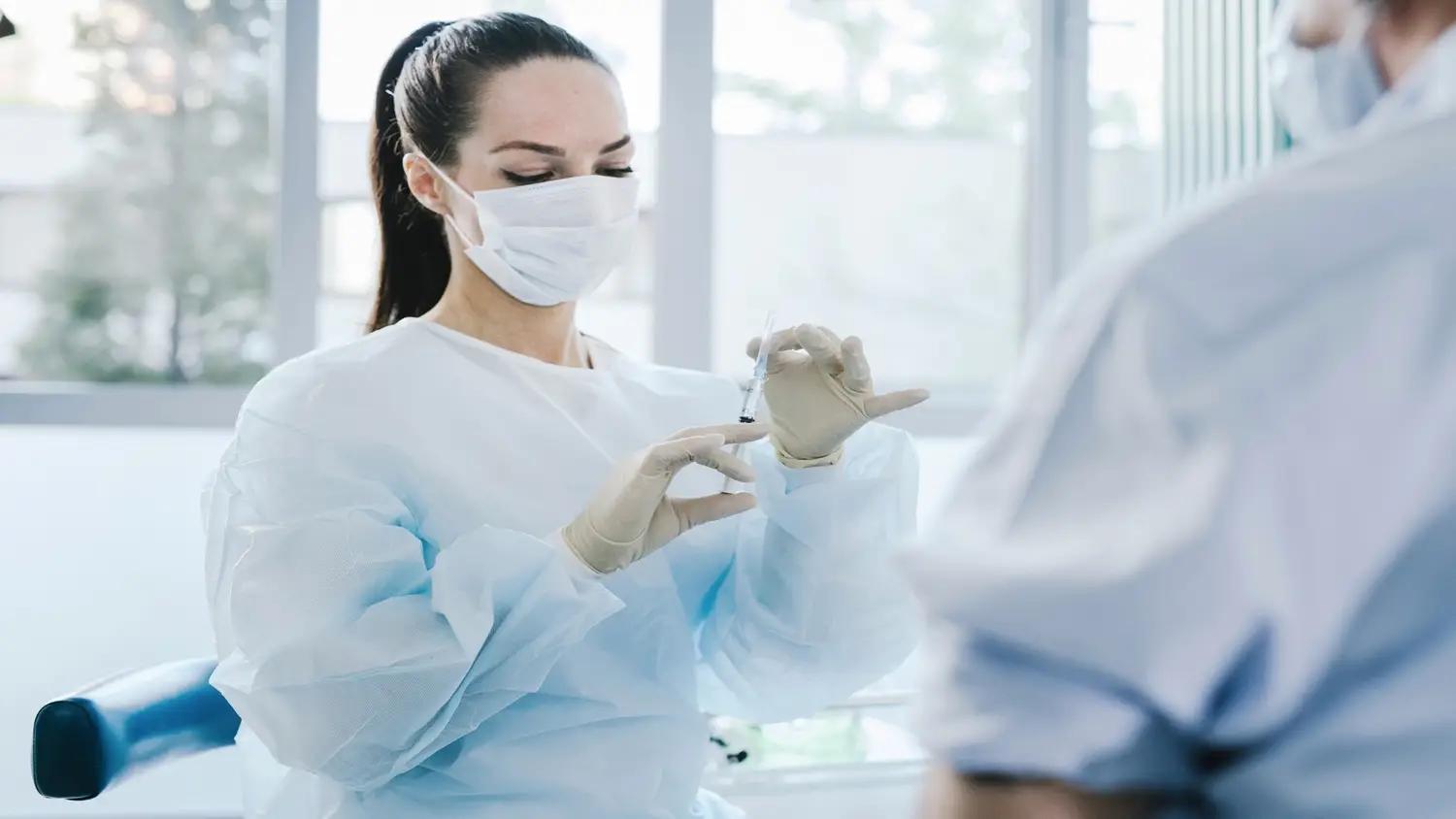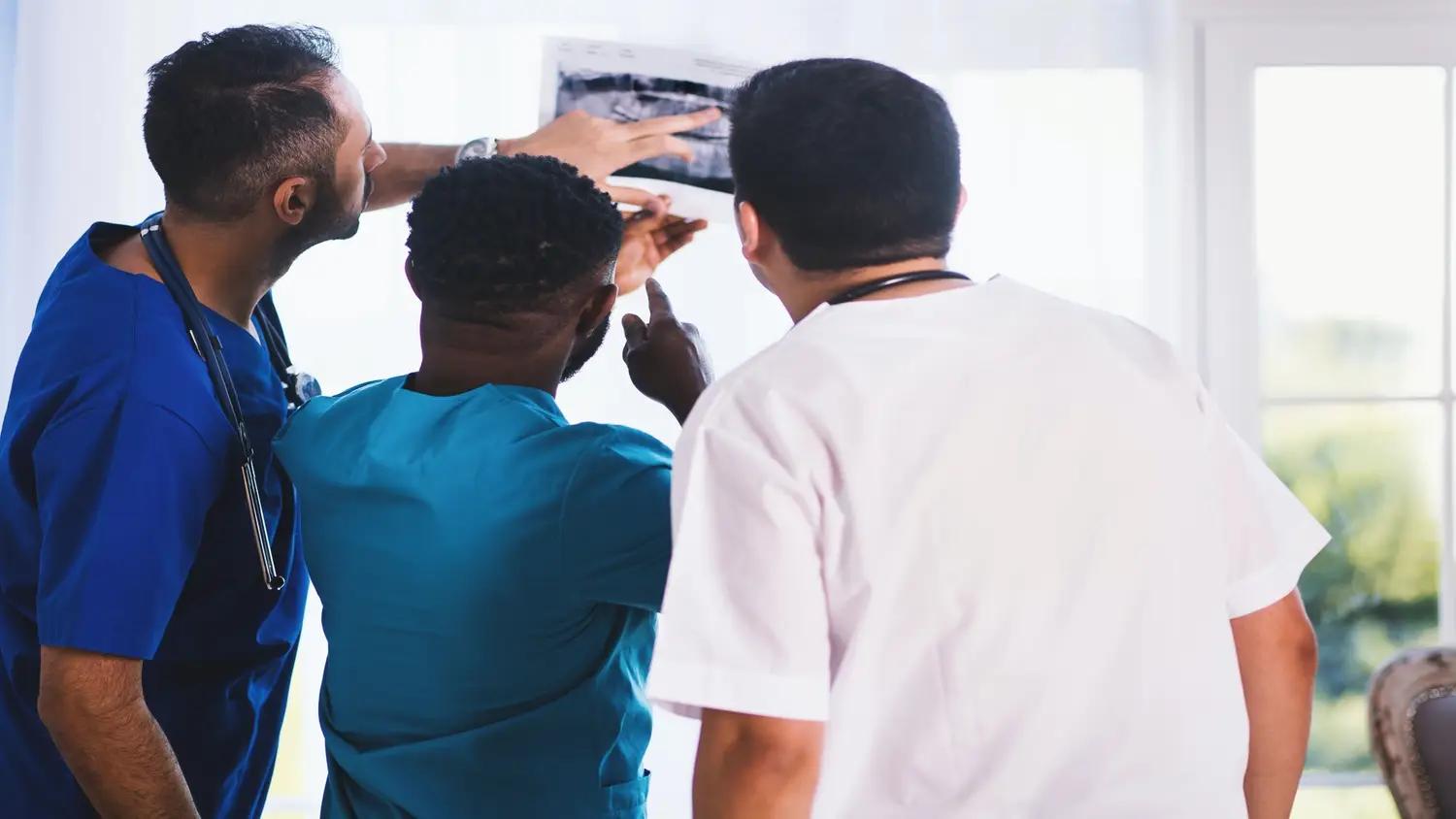
Interdisciplinary Case Management (Sep 20 - 21, 2024)
 hosted bySpear Education
hosted bySpear EducationInterdisciplinary Case Management is organized by Spear Education and will be held from Sep 20 - 21, 2024.
Seminar Overview:
Achieving optimal patient outcomes regardless of case complexity requires the entire interdisciplinary team to have a common approach to treatment and treatment planning. This seminar includes some of the world's most respected clinicians in periodontics, prosthodontics, orthodontics and oral surgery to discuss individual roles as they relate to patient evaluation and management. By learning how each specialty views and evaluates common esthetic dilemmas, attendees grasp how to interpret their own patients’ diagnostic information to aid in diagnosis, treatment planning and communication.
What you will learn at this seminar:
• How to achieve optimal patient outcomes regardless of case complexity.
• How interdisciplinary treatment is phased, sequenced and communicated between the different offices.
• An in-depth understanding of how each member of the interdisciplinary team approaches diagnosing, treatment planning and executing treatment on a variety of cases ranging from routine to complex.
• Key diagnostic and treatment planning tools to evaluate facial development, profile and esthetic appearance to identify patients who may be best treated with orthognathic surgery — as opposed to those who may be successfully treated with a combination of ortho, perio and restorative.
• How to determine if a restricted airway is an etiology to consider when treatment planning and what options each member of the interdisciplinary team has to address airway concerns.
• Evaluation of how soft tissue — such as the tongue, lips, cheeks, tonsils and adenoids — influence growth and how certain habits or airway-related issues can contribute to adverse skeletal changes.
• How to identify orofacial problems that affect the lips and how treating these problems can deliver beautiful facial results by normalizing the patients lip position, form and function.
• How function and esthetics are inseparably linked and necessary for achieving long-term stable results.
• The importance of defining the desired tooth position as the first step in any interdisciplinary treatment plan and how to determine where teeth should be positioned, including the importance of tooth display at rest, lip mobility, age and patient desires.
• To identify references for the incisal plane and occlusal plane (the “smile line”), when to use the interpupillary line or the lower lip, and when none provide the correct reference.
• How to evaluate the etiology of a canted occlusal plane and identify what needs to be evaluated to choose the most appropriate method of correction.
• The realities of tooth replacement relative to success vs. survival, including literature on the longevity of FPDs of different lengths on natural teeth, with and without endodontic treatment, compared to implants.
• Possible treatment options for correcting unesthetic implants in the anterior.
Additional details will be posted as soon as information is available.









